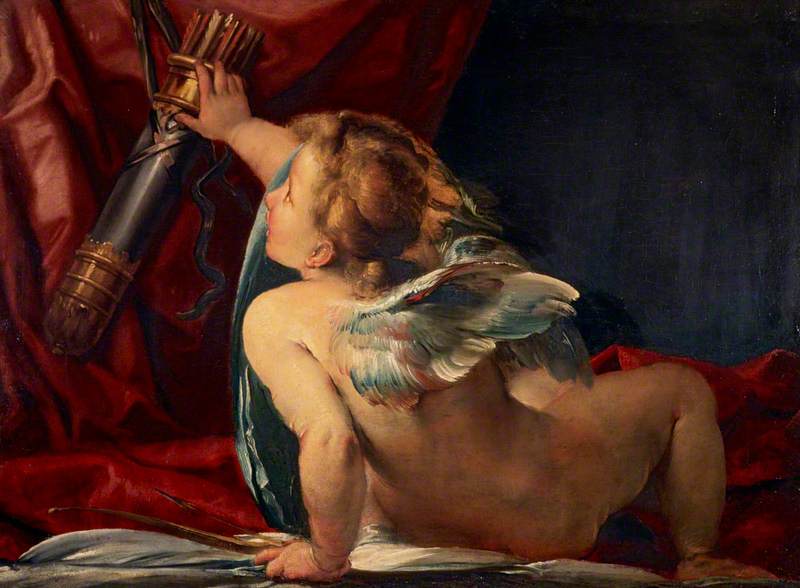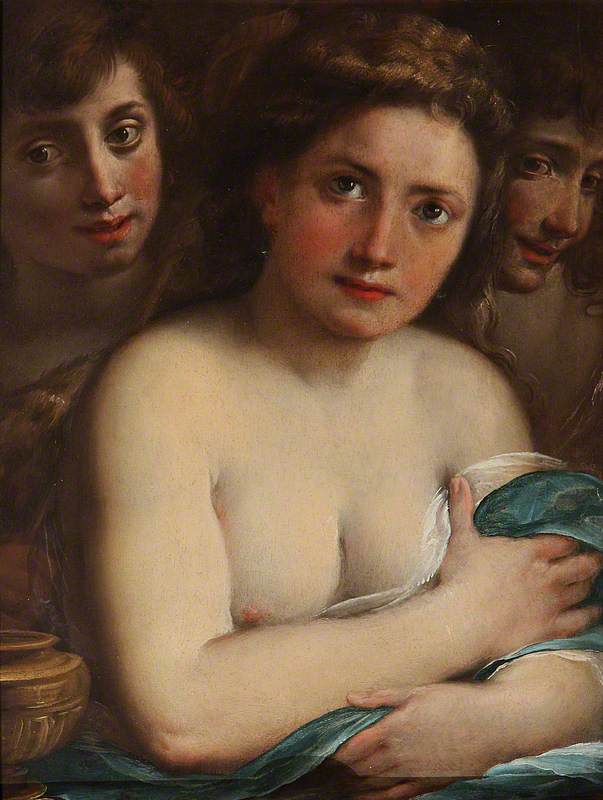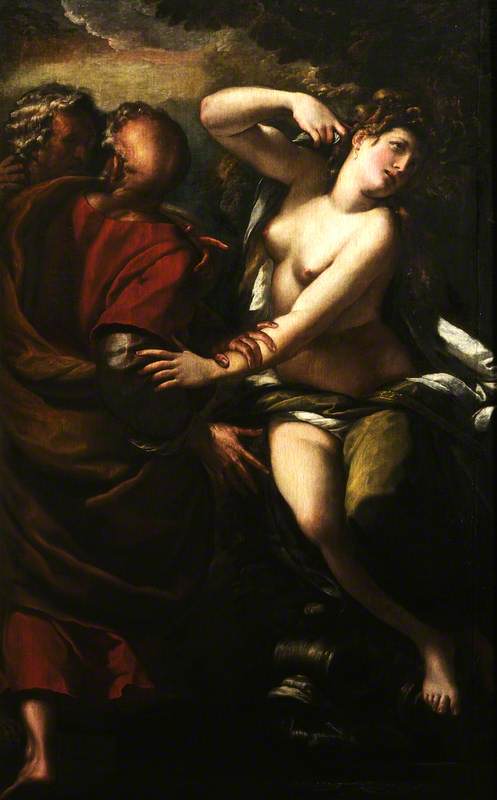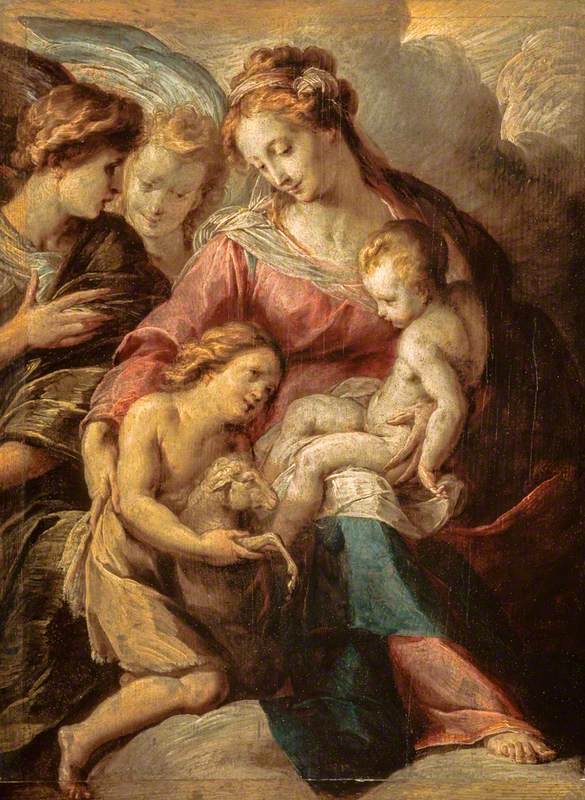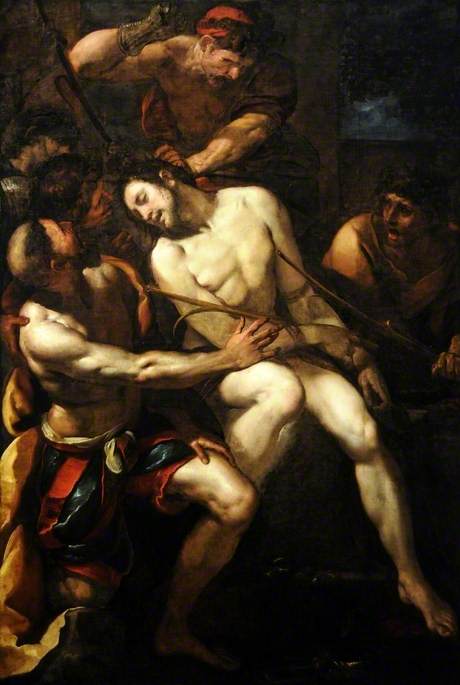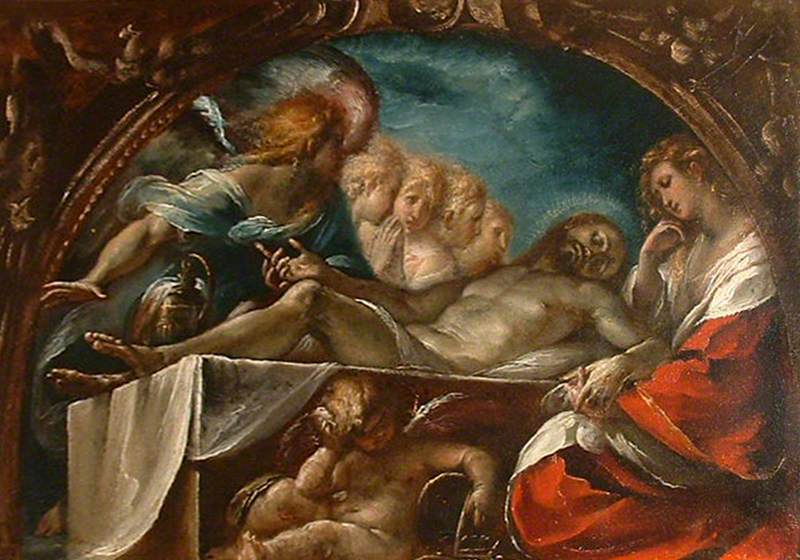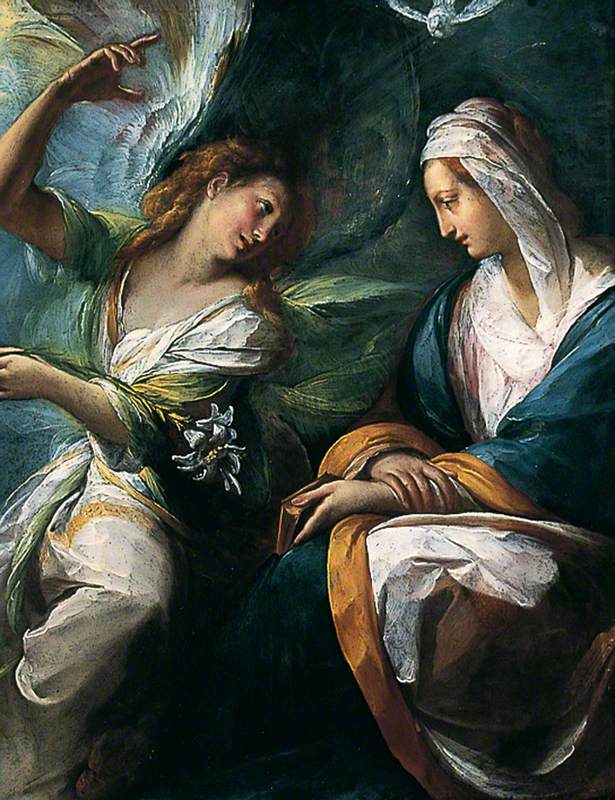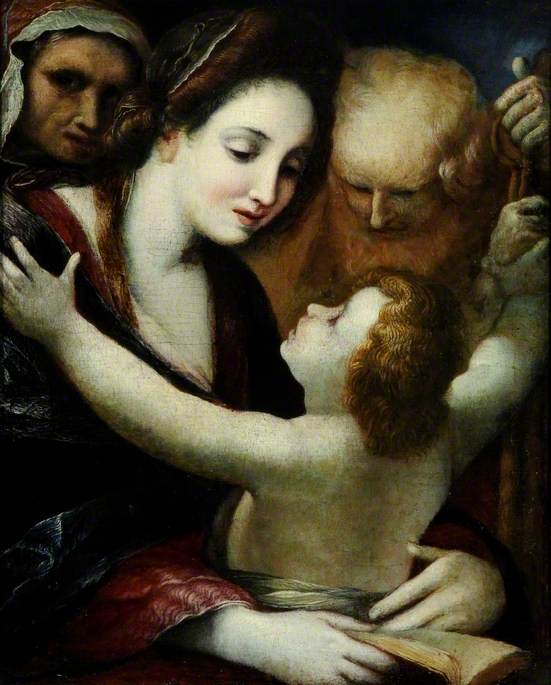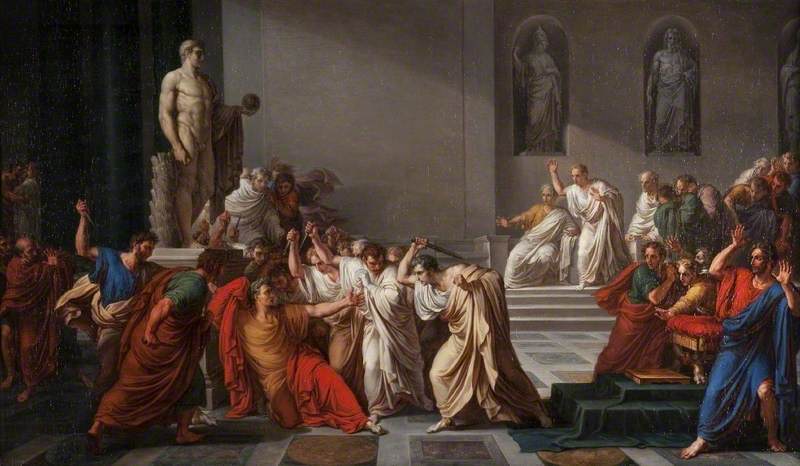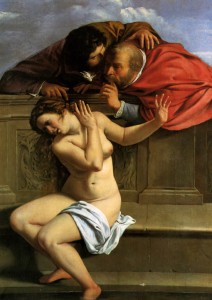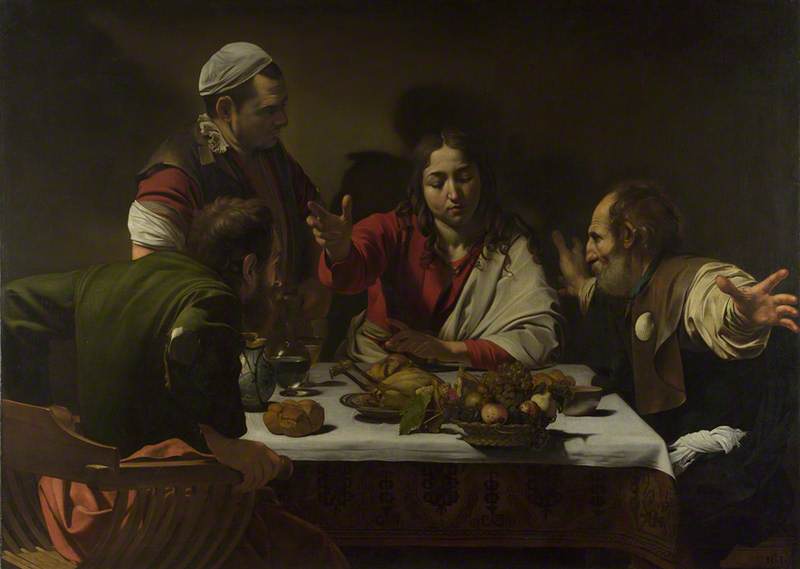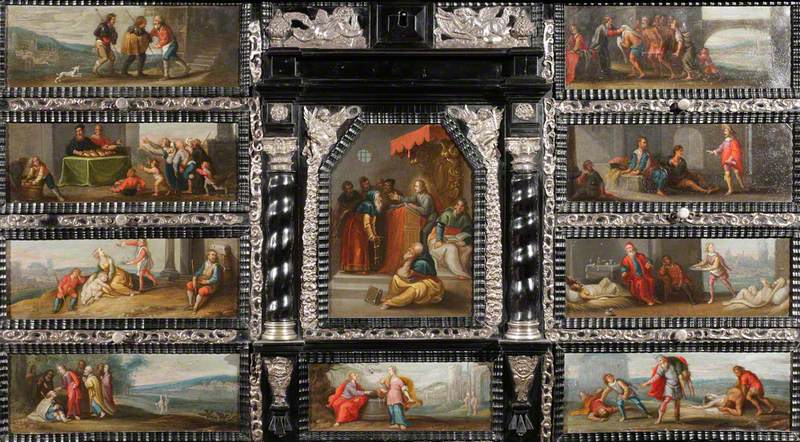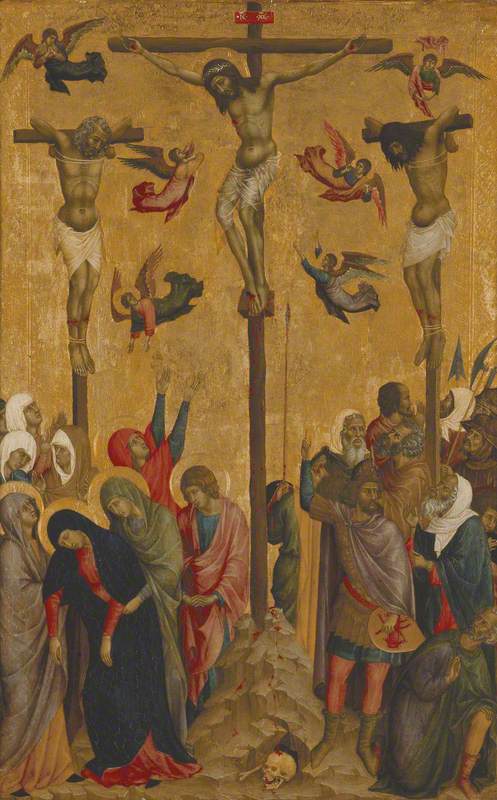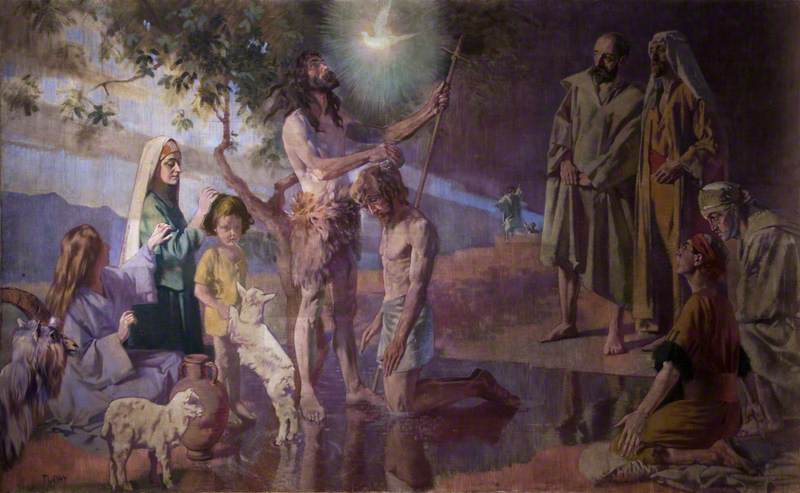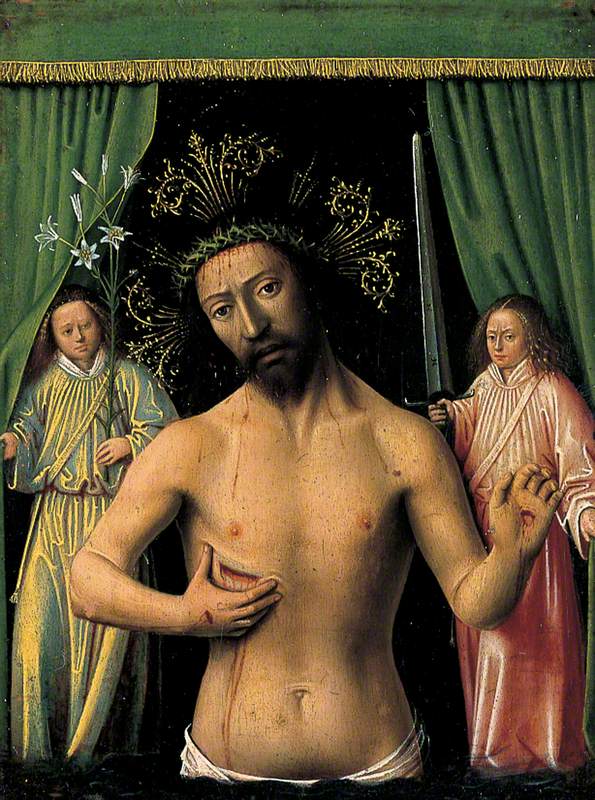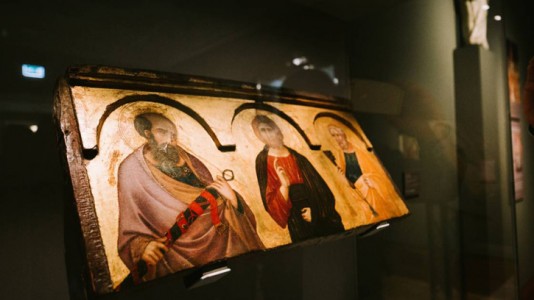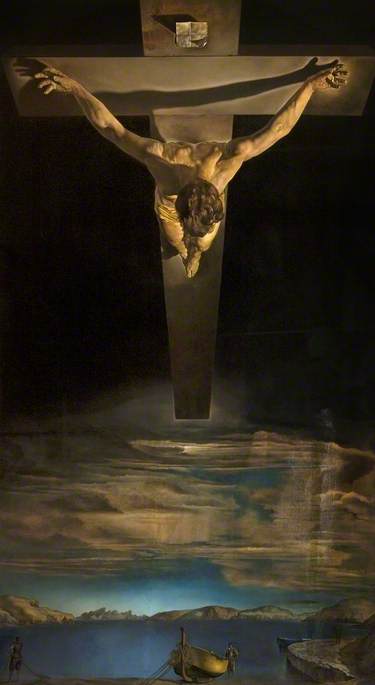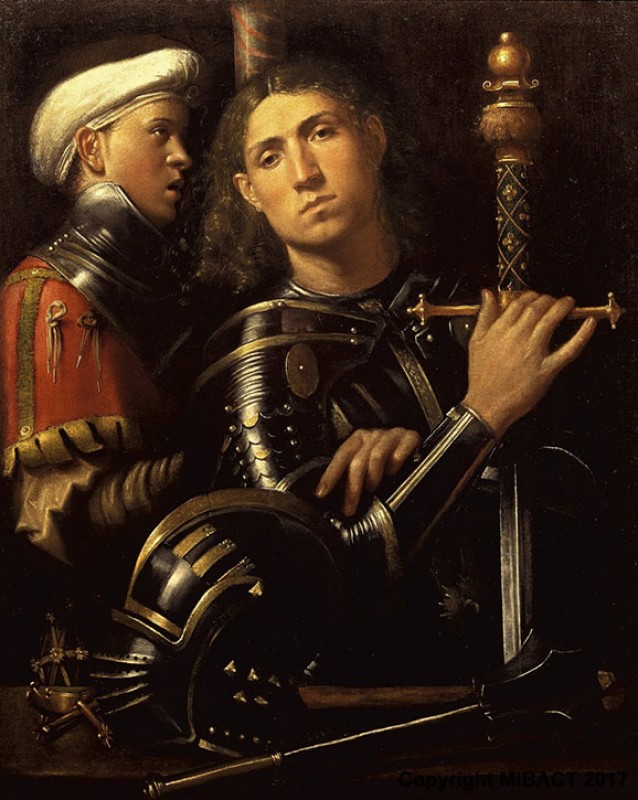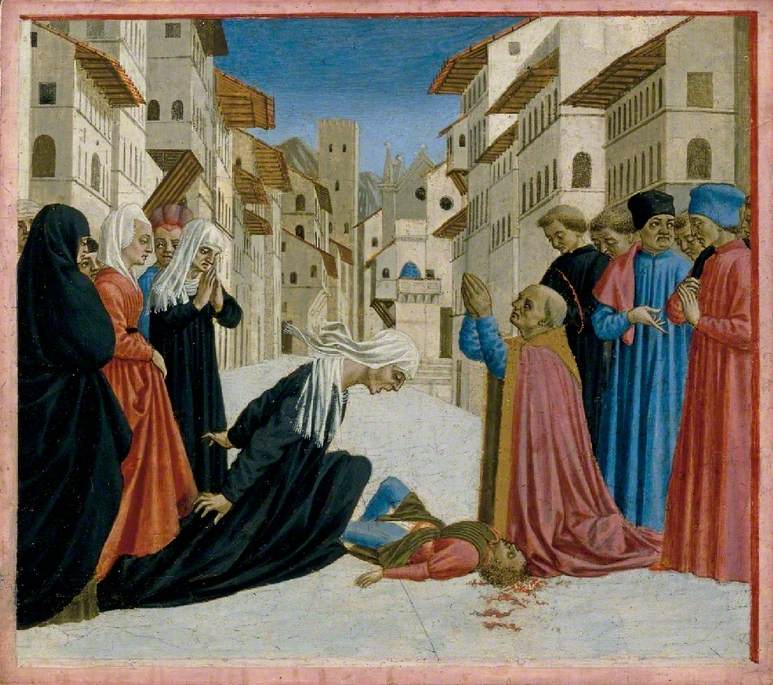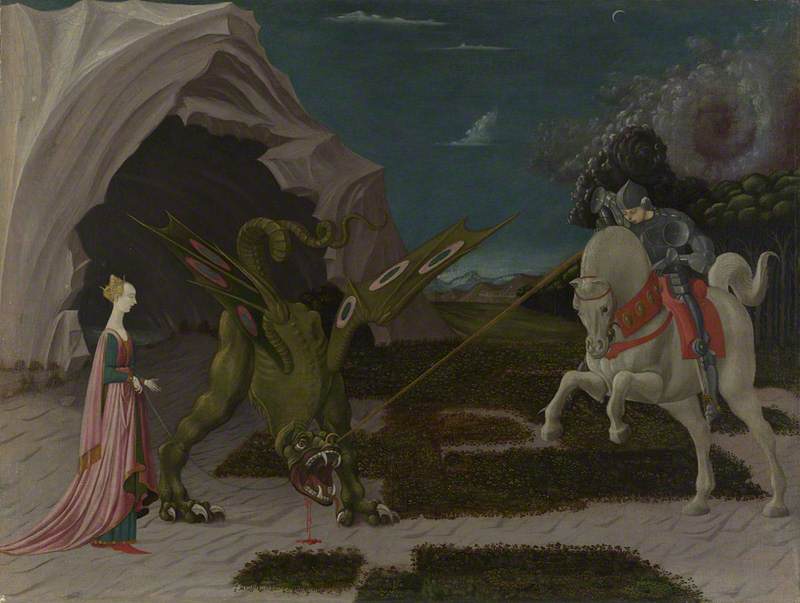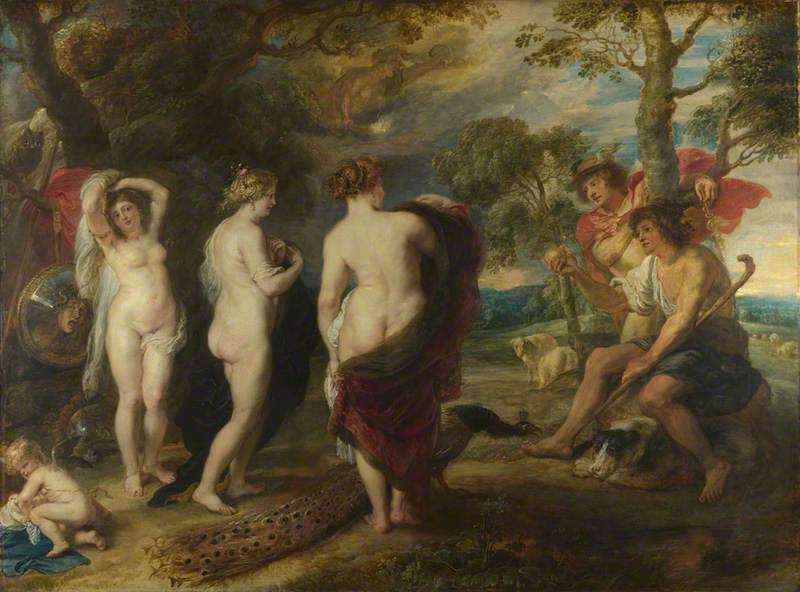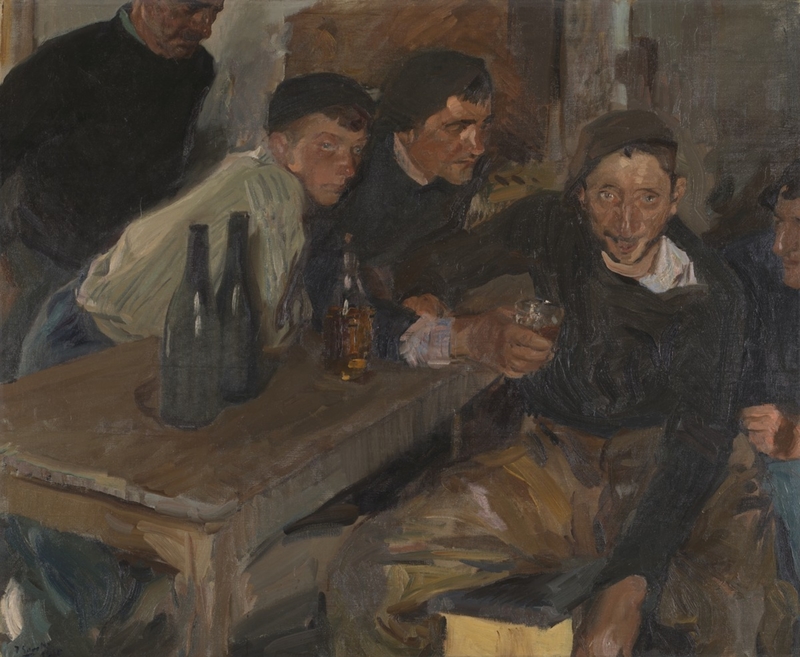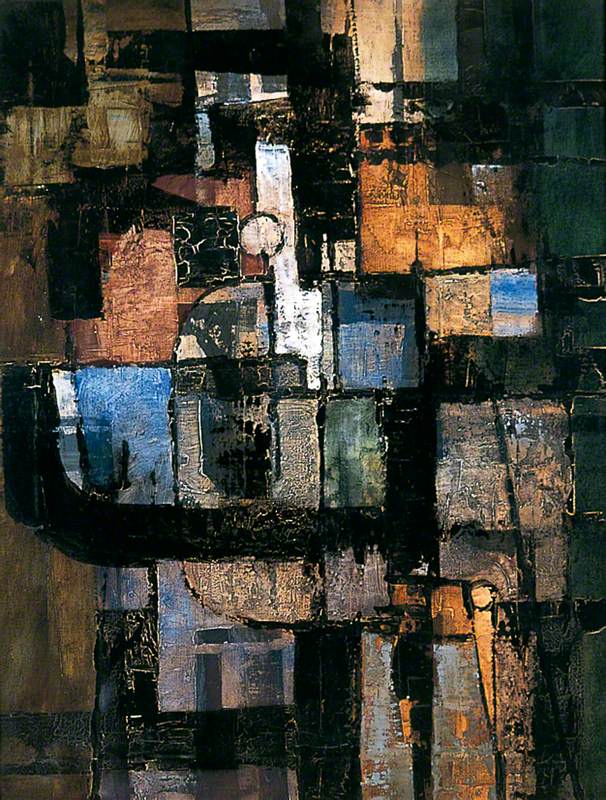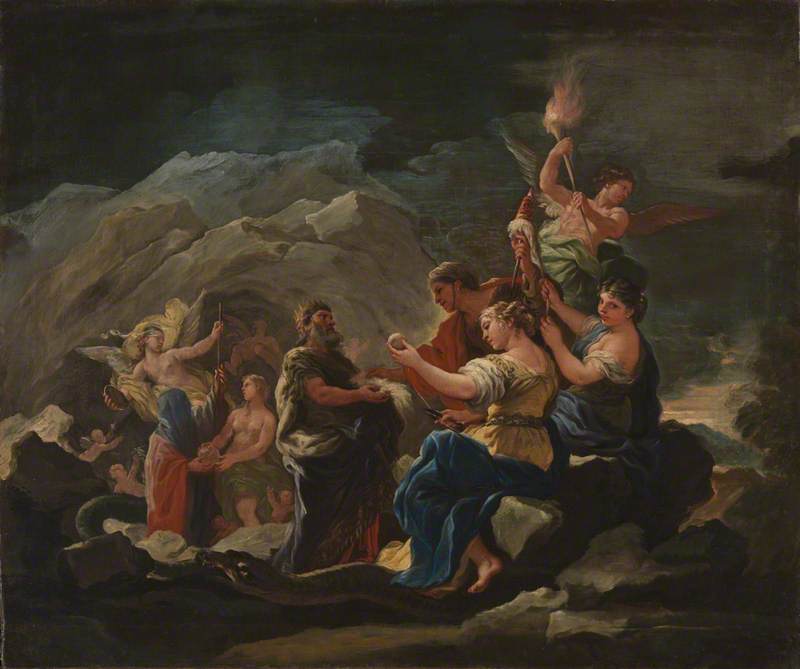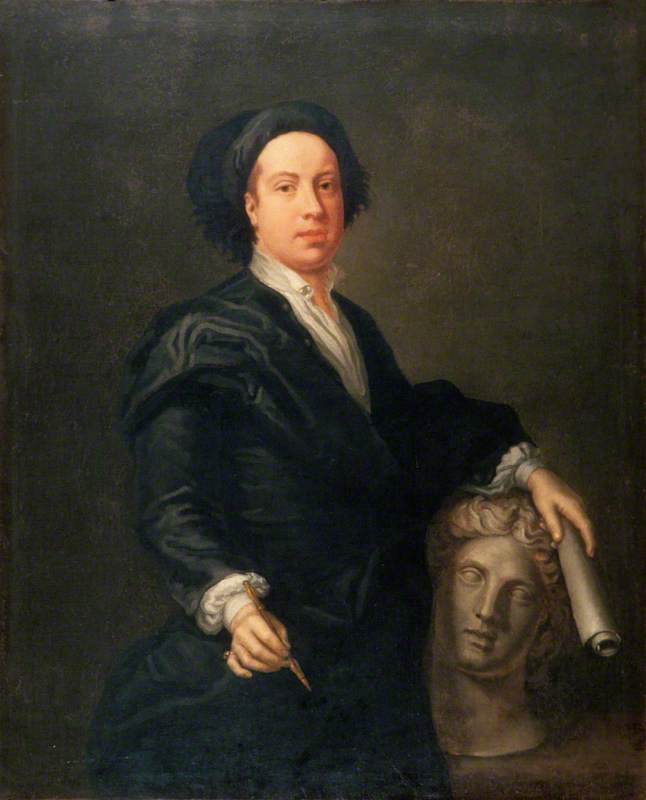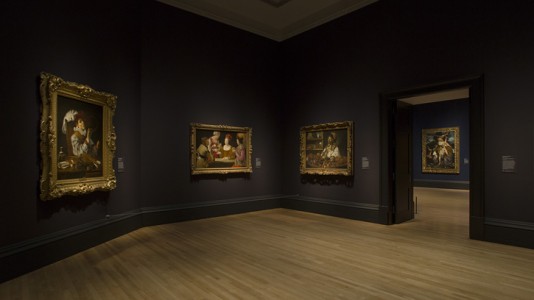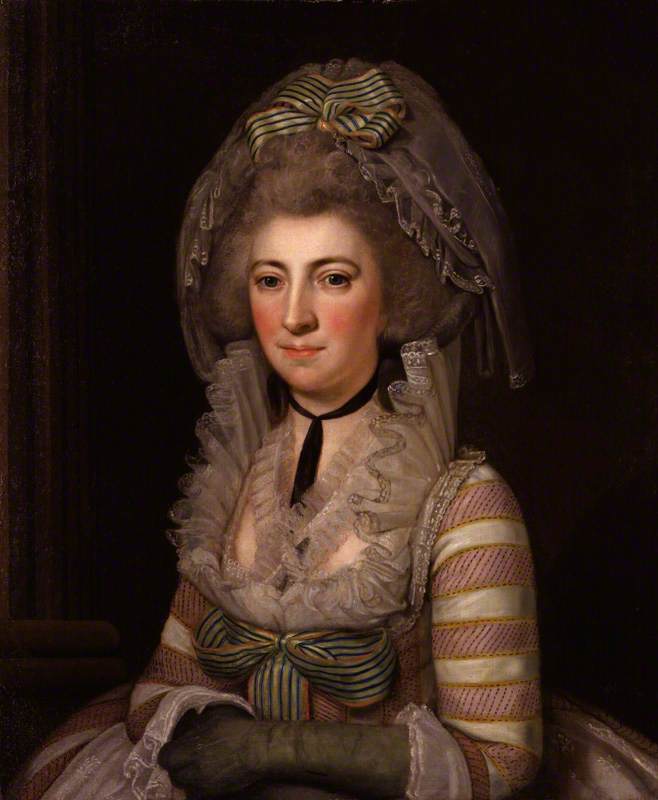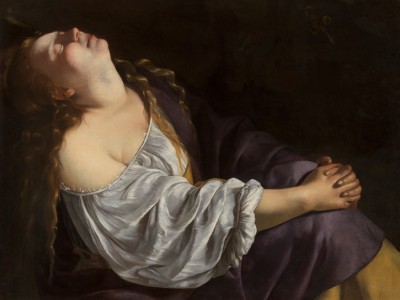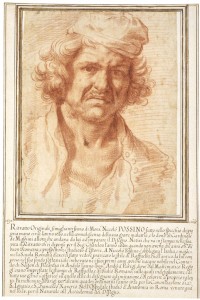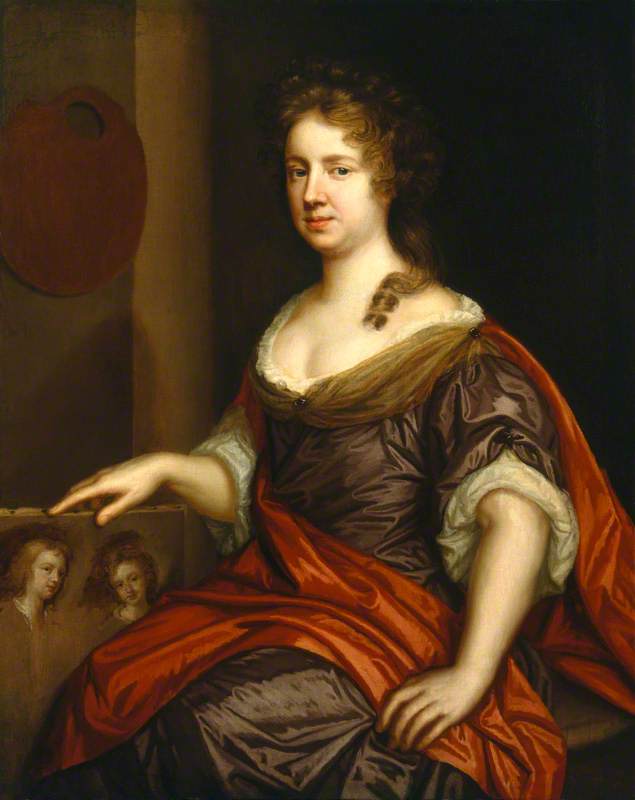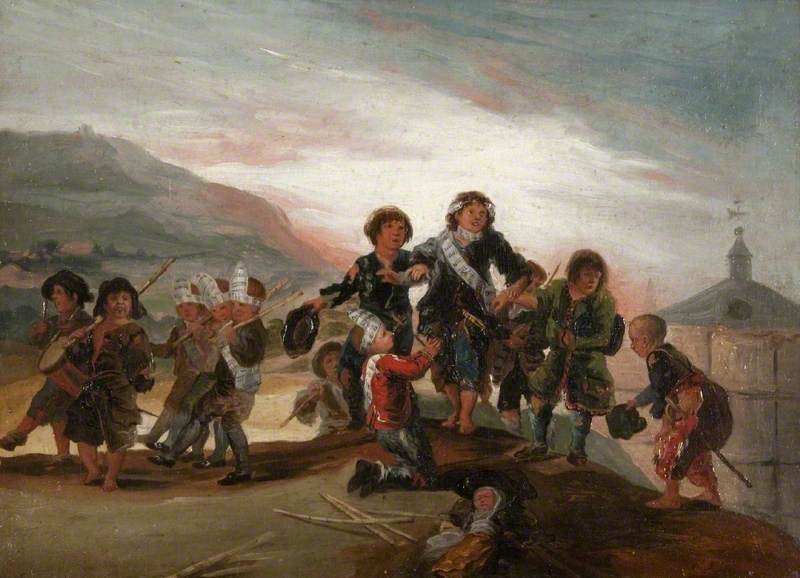I remember distinctly the moment I first saw the work of the once-famous Bolognese master Procaccini. Visiting Matthiesen’s Gallery in London, my attention was suddenly riveted to the beautifully painted little angel, with his silver, blue and plum wings, at Christ’s feet in a large, floor-to-ceiling painting, The Lowering of the Cross, dating from around 1618. In a composition charged with emotion, Christ’s body, soon to be removed from the Cross, sprawls across a diagonal; in attendance are Mary Magdalene, Saint Augustine, Saint Jerome with his lion, and angels. Exquisite flashes of colour enliven Saint Augustine’s yellow mitre as well as the wings of the little angel. The painting can now be enjoyed in Sydney, for it was purchased soon afterwards by the Gallery of New South Wales.
Giulio Cesare Procaccini was born in Bologna in 1574, and moved with his family to Milan in 1585. He was illiterate, and initially worked as a sculptor, but in 1610 he was commissioned to paint six of the 24 miraculous scenes commemorating the life of Cardinal Carlo Borromeo in Milan Cathedral. By 1616 his style showed an increasing clarity and balance, with a brighter palette. Two years later he was talent-spotted by the wealthy Gian Carlo Doria, who invited him to work for him in Genoa. While working there Procaccini was probably influenced by the vibrant compositions of Rubens, who had painted in the city a few years earlier.
A clever workman, Procaccini drew on several famous and successful artists’ ideas, blending the elegance and sophisticated draughtsmanship of Mannerism with the theatricality and movement of the Baroque. Visits to Rome, Venice, Parma and Modena enabled him to see paintings by Caravaggio, who had spent time in Rome, and by Correggio and Parmigianino, whose use of 'sfumato' (softening of outlines) he often adopted. Procaccini was a hardworking and prolific artist, and his paintings are now widely scattered throughout Europe and beyond. Although he is not represented in London’s National Gallery, several of his paintings have found their way to the north of England.
At Museums Sheffield there is the impressive The Mocking of Christ, once owned by the National Union of Mineworkers. Like most of Procaccini’s large paintings, it is designed to be seen from below. The figures are dramatically foreshortened and a skilful use of colour is evident, as a warm red threads up through the composition from the stripes of the trousers of the lower-left tormentor to the head-wrap of the uppermost one. In Christ’s anguished face can be seen the artist’s homage to Titian, for the head and figure is modelled on his Christ Crowned with Thorns, now in the Louvre, but which in Procaccini’s lifetime was still in Milan.
The Raising of the Cross
c.1615–1620
Giulio Cesare Procaccini (1574–1625) 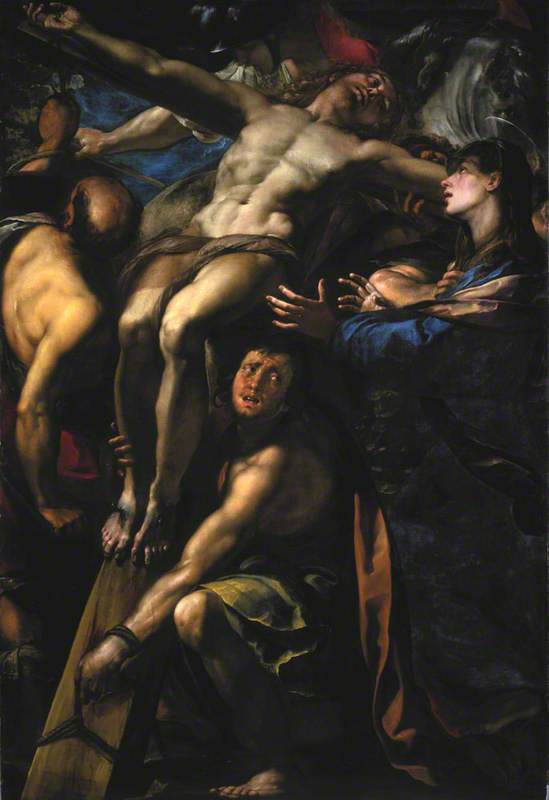
National Galleries of Scotland’s collection includes several works by Procaccini. Among these, The Raising of the Cross is exactly the same size as the painting in Sheffield, and it is thought that both works are from a series showing the story of the Passion. There is also his Dead Christ with Angels, at the University of Edinburgh.
As well as majestic altarpieces, Procaccini also painted smaller, more intimate pictures.
Among these are The Annunciation at York Museums Trust and the Walker Art Gallery's version of his The Mystic Marriage of Saint Catherine.
The Mystic Marriage of Saint Catherine
Giulio Cesare Procaccini (1574–1625) (after) 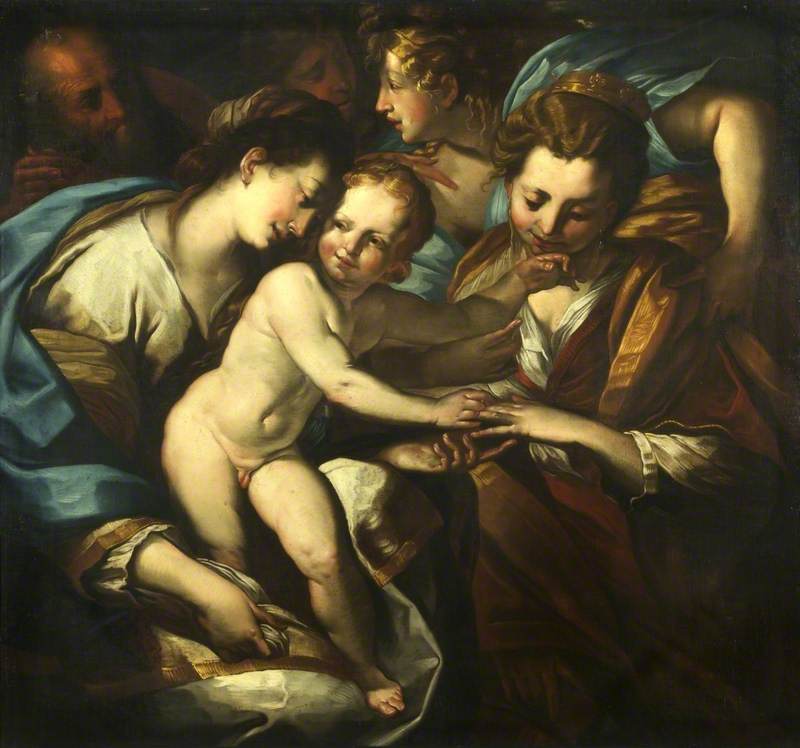
The original painting is at the Brera Museum in Milan, and the picture in Liverpool is thought to be a copy by a fellow-artist working in the Procaccini family studio.
The Ferens Art Gallery’s Holy Family, another small work measuring 45 x 36 cm, shows Mary gazing down lovingly at the infant Christ, her hands held protectively around him, while the young child looks up at her, his arms raised, as they will one day be on the Cross.
Averil King, author and writes for Apollo magazine and The Art Newspaper
